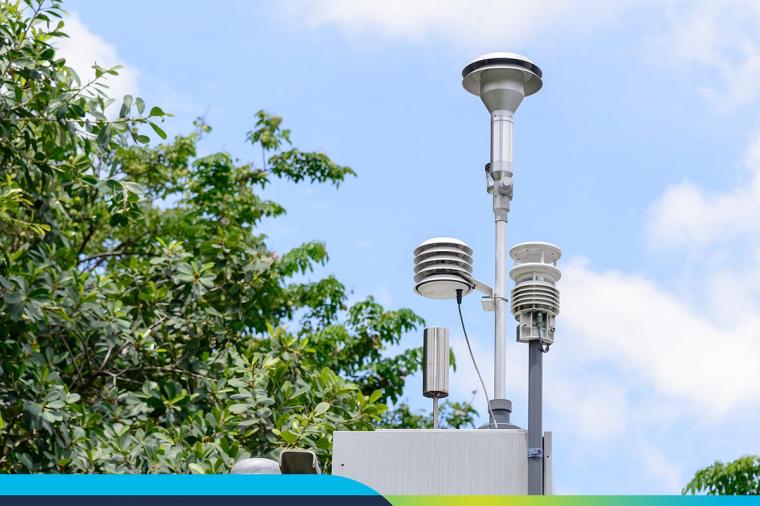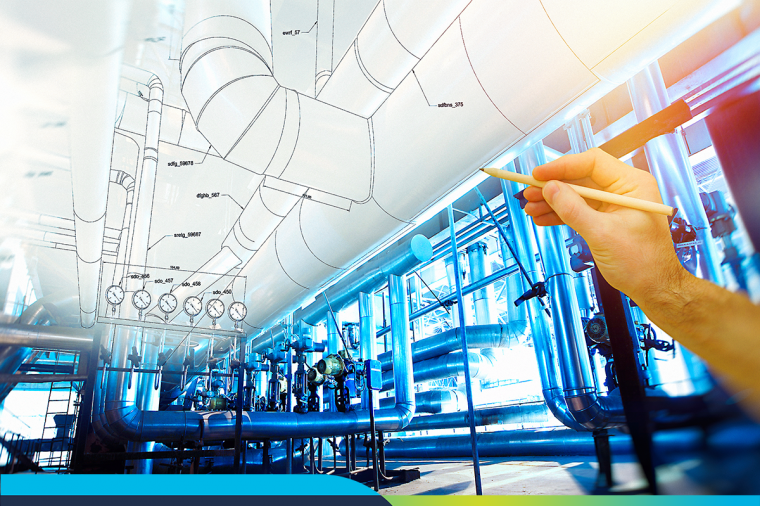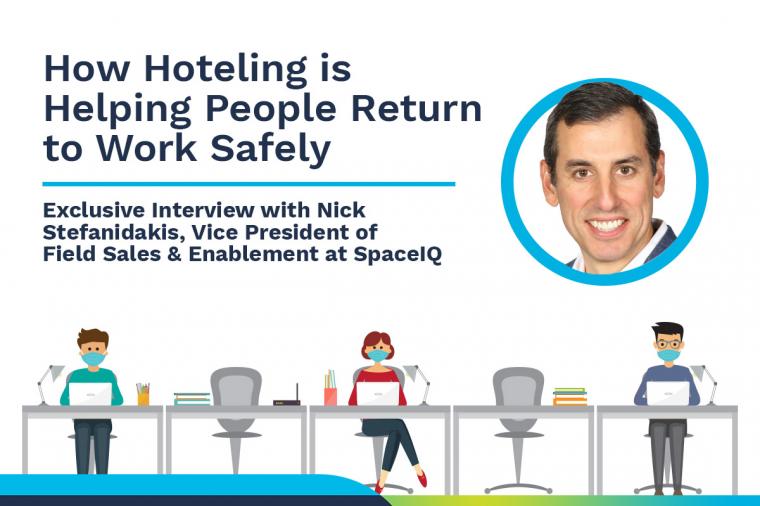Drones in Construction: New Regulations and Proven Savings to Boost Adoption

The world drone market is anticipated to reach $127 billion in 2020, suggests PricewaterhouseCoopers. From real estate surveying and image capture to Hollywood films to hobbyists, the use cases are vast. But drones are also predicted to become a preferred tool for construction sites.
Writing for Autodesk’s Redshift blog, Jeff Link reports that construction is anticipated to be the largest use case for commercial drones in the immediate future. Drones can collect a site’s progress with a degree of accuracy previously unseen in the industry and reduce the amount of building site materials that end up in landfills. Furthermore, that sensor data can be turned into 3D models, maps, and volumetric measurements (which can help monitor and track costly gravel and sand inventory).
Jeff Link cites two developments in drone technology that will further benefit the construction industry:
• Economics Over Traditional Surveying: Surveying a site with drones provides a time-saving of nearly 75%. Link mentions an example from an exercise to verify site work at a 61-acre Florida Hospital Apopka project. Instead of collecting survey points in the traditional way, the project processed aerial data captured from a drone. Using photogrammetry this information was converted into an elevation map and 3D model which showed progress in moving soils to achieve the correct grading.
• New FAA Approvals Ease Adoption: As of August 2016, the FAA mandated that a pilot’s license is no longer required for a small unmanned aircraft. Rather, applicants must pass a knowledge test to get a certificate for drone operation. An accelerator for the construction industry, this provides the flexibility to add more drone operators on the ground. Although it’s still recommended that drone operators work closely with licensed pilots and plan their missions strategically, writes Link.
Autodesk, previously known only for its design and engineering software solutions, is quick to realize the benefits of unmanned aerial vehicles and is investing heavily in drone technology with the goal of developing a complete UAV-to-cloud solution for site capture that will help its customers save time and money, while increasing human safety on the work site. Read more about it here.

















































